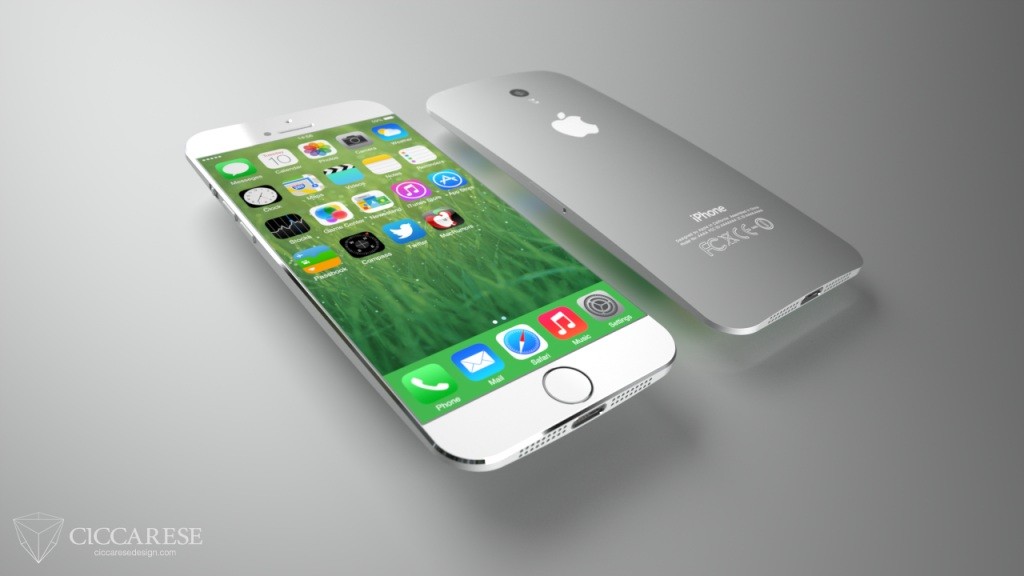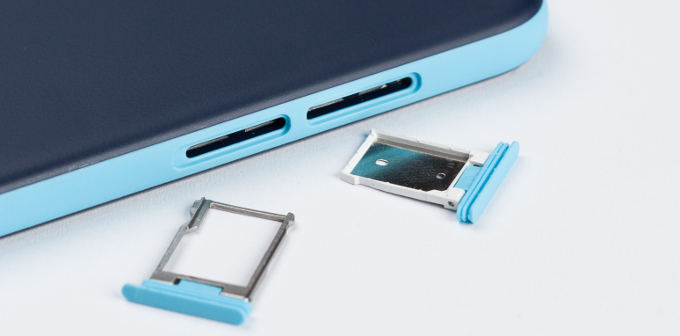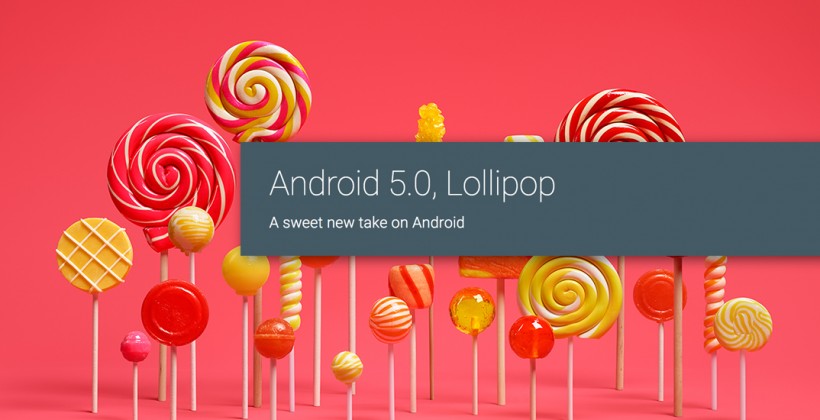The iPhone 6 is still going strong, with Apple announcing record sales quarter after quarter. In fact, Q3, announced just today, saw Apple lead worldwide growth with a 112% surge in Chinese sales.
The media attention has since shifted to the next iPhone, with leaks, patent filings, and supply chain scoops providing us a glimpse of what Apple might have up its sleeve.
The next iPhone is expected at Apple’s second big event held annually in September, where the company focuses on new iPhone launches and hardware most. In keeping with Apple’s bi-annual hardware refresh cycle, we are expecting the new model to be called the iPhone 6S, coming as it is after last year’s big revamp, the iPhone 6. So this year should ideally see minor revisions to software and hardware.
That said, Apple and its suppliers and technology partners are hard at work not just on the 6S but the 7, and many more revisions down the line. The 7, coming 2016, will be a major hardware refresh that will bring with it a host of new features, and maybe even a whole new design language.
Below, we have compiled a list of features and changes that we expect will show up in one way or the other in future iPhones, if not the iPhone 7. Keep in mind that huge tech giants like Apple tries hundreds of new technologies every year, and not ever successfully filed patent makes it into a consumer product soon.
- No SIM card slot: A few days ago, we brought you news that Apple and Samsung are working with major telecom companies on a “standardized embedded SIM card” for consumer devices, the so-called e-SIM. If it all works out, this new e-SIM will finally give users the convenience to switch carriers easily, avoiding you the need to visit carriers and get that done.
Probability: Very High - No home button: We also reported this a few days back. A company called Sonavation has developed ultrasonic fingerprint sensors capable of 3D scanning from beneath the Gorilla Glass that Apple uses for its iPhone displays, according to a report from TNW. Although there’s nothing to suggest any link between Apple and Sonavation as of now, Apple itself is believed to be working on this technology at the moment. This indication that the type of technology required to replace a physical Home button with an embedded one is already out there means that Apple might go for it with the iPhone 7, freeing up more screen real estate while keeping the physical dimensions in check.
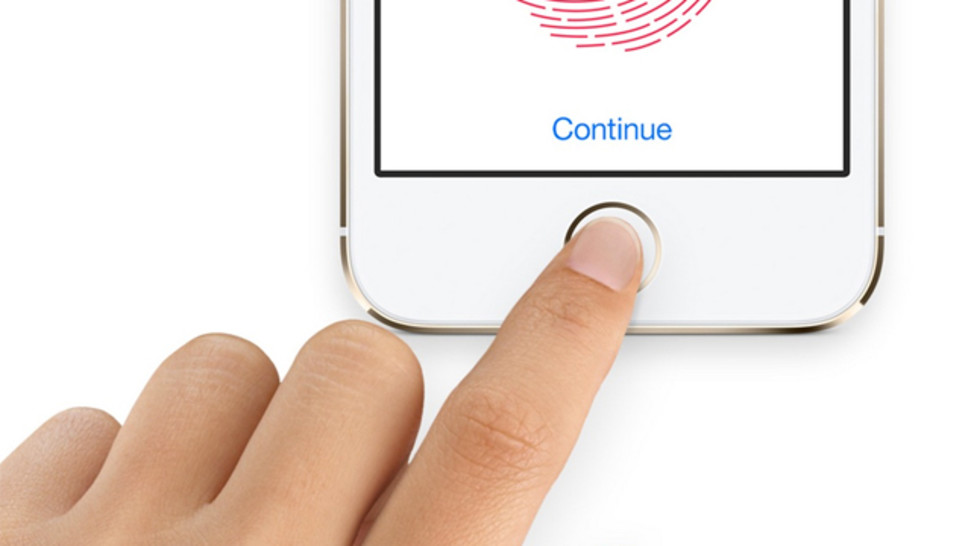
Probability: Average
- Sapphire Glass display: Apple already uses sapphire glass for the Apple Watch dial and the iPhone’s camera lens. Sapphire glass is more durable that the existing Gorilla Glass which is why Apple might want to make the whole display out of it. Sapphire glass has previously not been using for such a large piece of glass, owing to its cost and complicated production, and has been limited to high-end watch faces.

Apple initially wanted to build a facility in Arizona that would be run by GT Advanced Technologies to manufacture sapphire glass, but it didn’t pan out and the latter went bankrupt, blaming Apple’s lack of support for its failure. Now it is rumored that Foxconn, a long-time Apple supplier, is preparing to build its own sapphire glass factory somewhere in Taiwan for a reported $2.6 billion.
Still, we think it is unlikely, because, as extensive tests and countless YouTube videos have proven, Apple’s current Gorilla Glass 2 from Corning is an amazingly scratch-resistant thing.
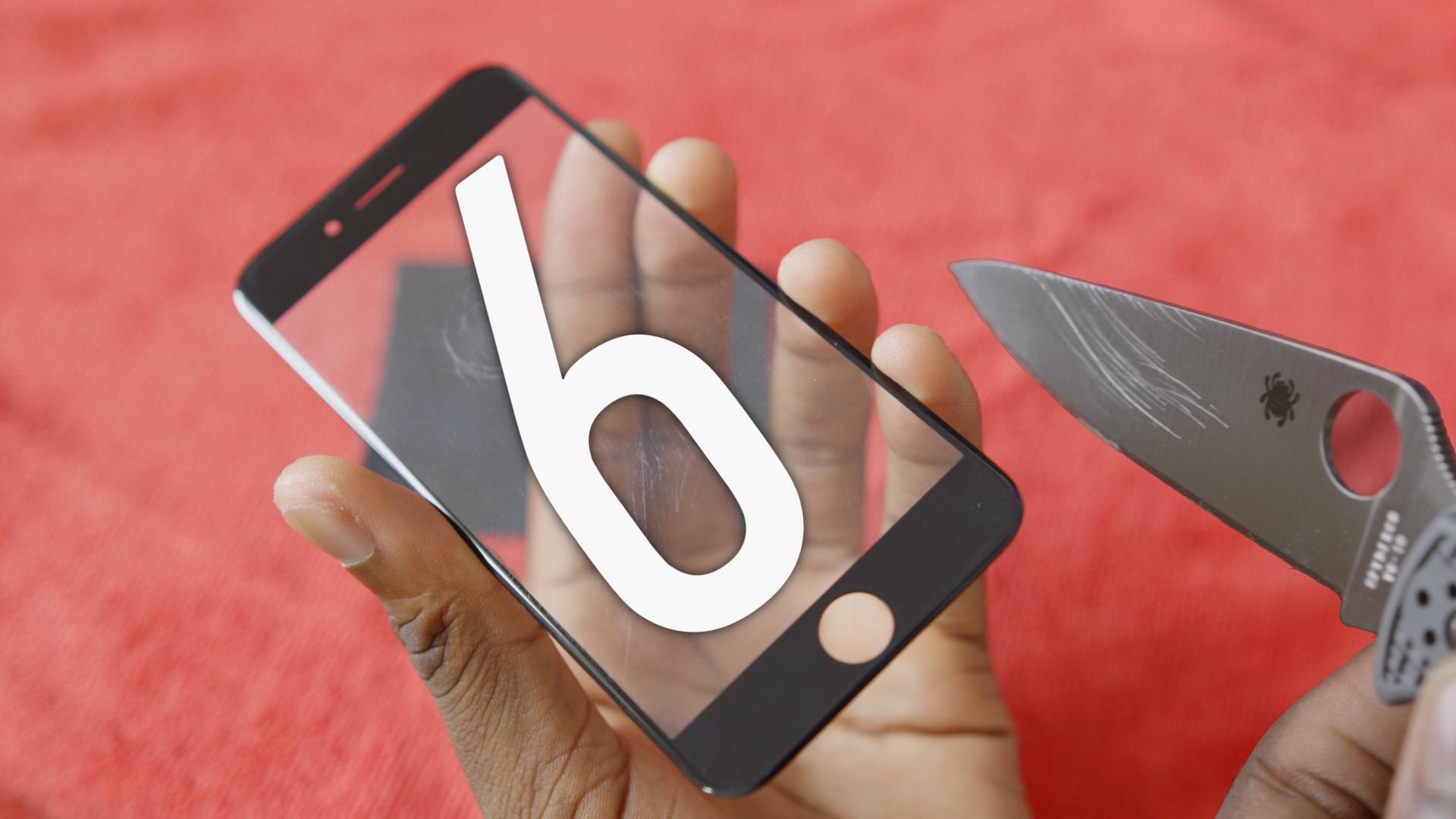
Probability: Almost None
- Dual-lens camera: Apple has been working on dual-lens cameras for its iPhone for at least three years, reports from China claim, although performance issues and supply chain problems may have prevented it from deployment. Now, Taiwanese publication Business Weekly reports that Apple has reportedly corrected technical problems resulting in blurred images taken with the new camera assembly with help of LinX Imaging, an Israeli company it purchased for $20 million in April.
Seems like the HTC One is finally going to get some competition in the camera department.
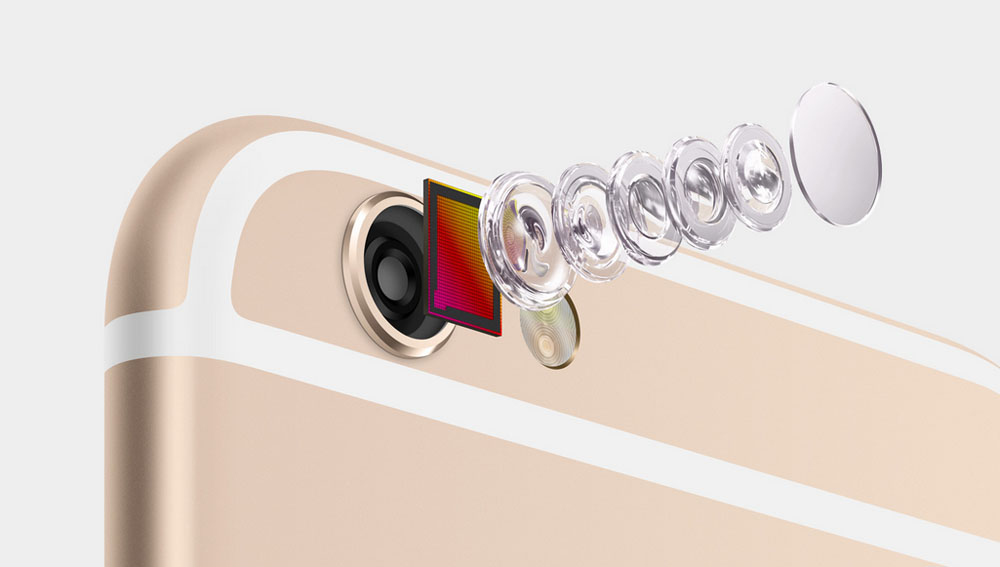
Probability: Low
- A bezel-free screen: Nothing looks as eye catching as a thin bezel, be it a desktop monitor, TV, or smartphone. Apple has already chopped off the sides of the iPad with the launch of the iPad Air, and it might follow suit with the iPhone 7 or later. Because we already know for sure that the iPhone 6S/7 will look exactly the same externally, with a little layout and camera housing change inside. The iPhone 6 and 6 Plus currently has one of the largest screen to bezel ratios for flagship smartphones, so Apple might be looking to take back some of that shine off Android’s armour. Remember that, when the original iPhone was launched, one of its biggest Wow factors was that sheer huge screen and the tiny button below it.
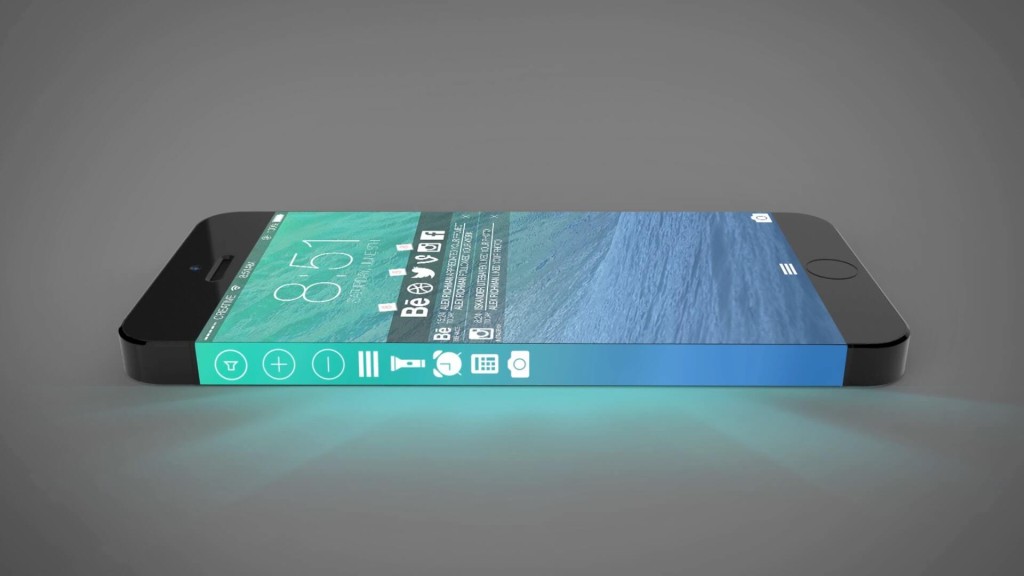
Probability: High
- No more 16 GB model options: This is almost a surefire thing by now. Offering 16 GB on a mobile or tablet with no external memory expandability is pointless for anyone who uses their device reasonably often. Software installs take up a huge amount of the inbuilt memory and loading up a few feature-loaded games like Real racing 3 or Infinity Blade can gobble up your entire 16 GB. Then there are iCloud, Dropbox, and Google Drive backups, all of which makes 32 GB the bare minimum these days.
Probability: Very High
- A9 Chipset: The iPhone 6s is expected to have 14nm and 16nm A9 chips from Samsung and TSMC, respectively. The two companies are currently embroiled in a bitter battle for the highly lucrative orders. These chipsets will be faster, more powerful and dramatically more power efficient. Whoever can nail the 10nm process will likely be the big winner in 2016/17 and, importantly, secure Apple’s business for years to come.
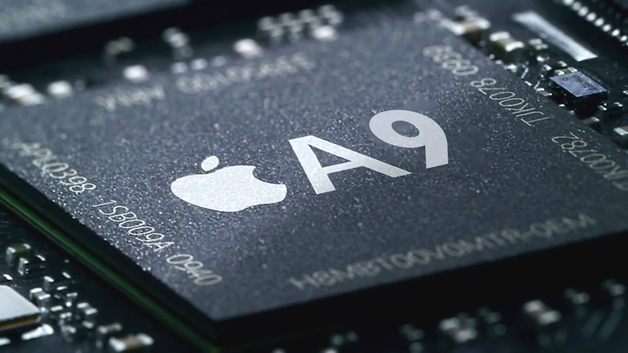
Probability: Very high
- 2 GB RAM: Finally. Although iOS makes good use of its available RAM, and tests have shown that the iPhone runs more smoothly than Android devices with twice or thrice the RAM, it never hurts to have more RAM. Fans have been clamoring for it since generations and 2015 is the year they will get their wish fulfilled.
Probability: Very High
- 4-inch iPhone could be back: There are some pretty persistent rumors that an iPhone with a 4-inch display will make a reappearance, to satisfy the needs of the Apple loyalists who want a small one-handed use phone and want something as portable as the iPhone 5S but with the latest features.
Probability: Average
- Higher resolution camera: Apple hasn’t increased the resolution of the iPhone’s 8 megapixel camera since it debuted on the iPhone 4S. That is like an era ago, in an industry that piles on megapixels every month. It is not as if the iPhone has been left behind in the picture department thanks to its “measly” 8 megs, and those in the know will tell you that more megapixels don’t necessarily amount to better image quality, unless you are printing professional posters on a daily basis. Rather than indulge in a specs war on paper that yields no tangible benefits, Apple has concentrated on improving the lens and the internal mechanism. And yet, 12 megapixels will finally appease the Apple shutterbugs clamoring for a more powerful camera.
Probability: High
- Wireless charging: This is not coming anytime soon, and yet we had to mention it because it is so important. Apple could have rolled out wireless charging with the iPhone 6 but instead they introduced it with the Apple Watch. This removes the need to use a cable to charge your phone. A much needed feature as the dreaded lightning cable seems to stop working every few months requiring you to have extras on hand or not be able to charge your phone. Instead you just need to lay your phone on a charging pad which will be able to use the back of the phone as a conductor and charge the battery.
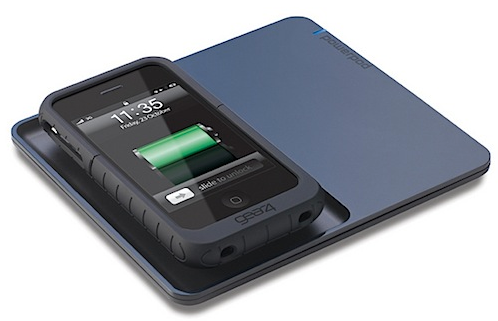
Probability: Low
- Force Touch: Found on the Apple Watch and some of the new MacBooks, Force Touch is pretty great, so it makes sense that Apple would bring it to the iPhone. A pressure-sensitive display on the iPhone would open up a whole raft of new possibilities for app developers and help keep the iPhone a few steps ahead of its Android counterparts (which is, after all, one of the main reasons for these regular upgrades).
Makes sense, right? After all, a pressure-sensitive display on the iPhone would open up a whole raft of new possibilities for app developers and help keep the iPhone a few steps ahead of its Android counterparts (which is, after all, one of the main reasons for these regular upgrades).
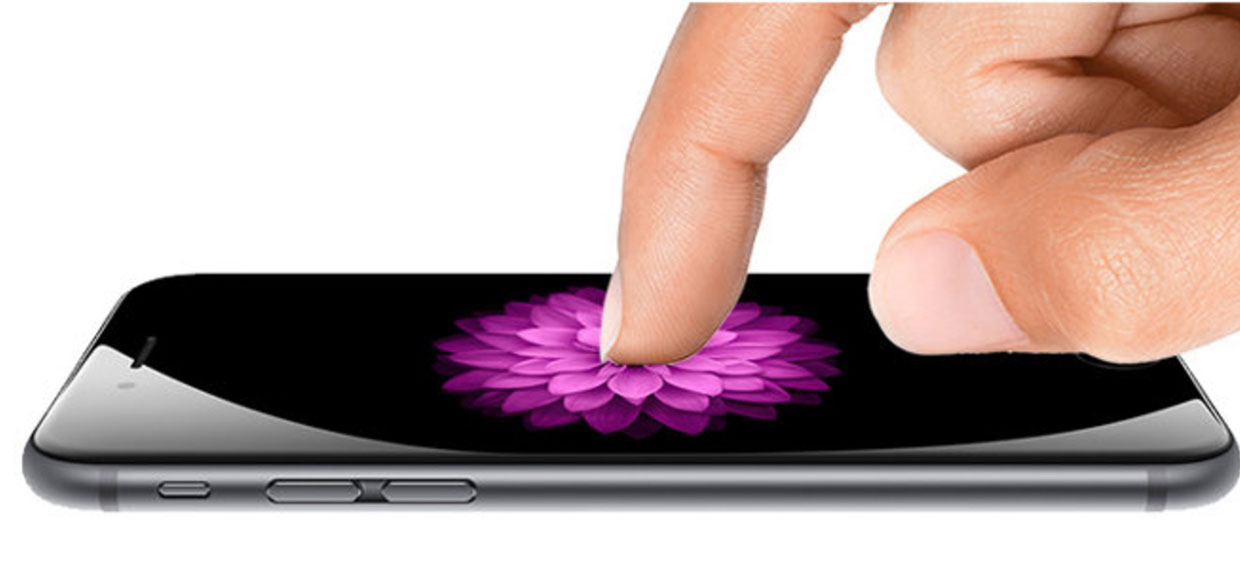
Probability: Very High
- Liquidmetal Chassis: Apple has exclusive rights to liquidmetal, a mixture of copper, titanium, aluminum and nickel that is more durable than aluminum. With it, Apple would be able to use less metal in the chassis of the iPhone to achieve the same level of strength. This saves weight and interior space for hardware components. While this technology has been used in products before (some high end golf clubs, baseball bats) it has yet to make it into a phone.

Probability: Average
- Colour changes: Another design-related rumor is that Apple is going to tweak the colors, with a new rose gold option being added to the line-up, and Space Grey being switched up to regular black, for better color coordination with the Apple Watch.Probability: Average
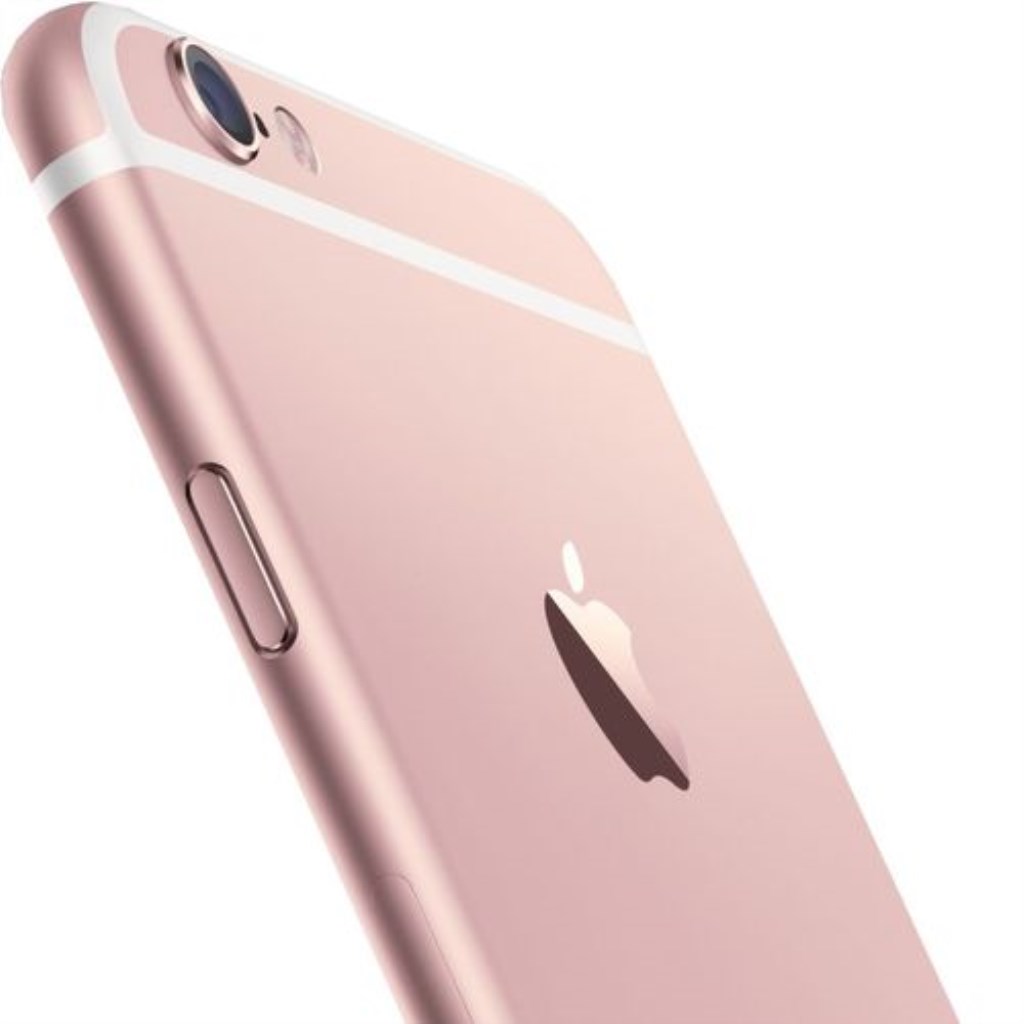
- USB-C Port: Although unlikely, the iPhone 7 – or later – could get a universal USB-C port like the new 12-inch MacBook. The change from 30-pin to Lightning is recent enough (and was painful enough for many users) that to switch again now would be highly controversial.Probability: Almost Nil
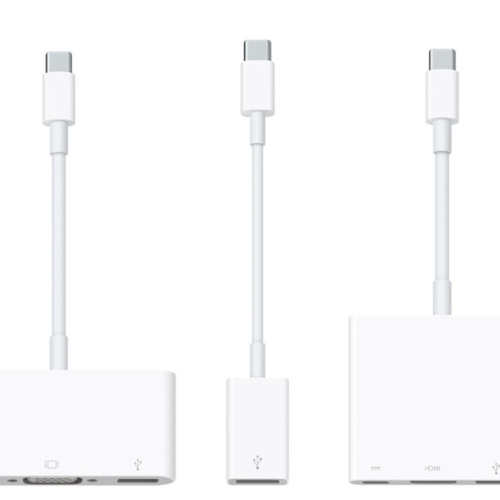
What do you want to see in the next iPhone, and its subsequent editions? Let us know in the comments.
Lead image by Ciccarese Design

